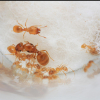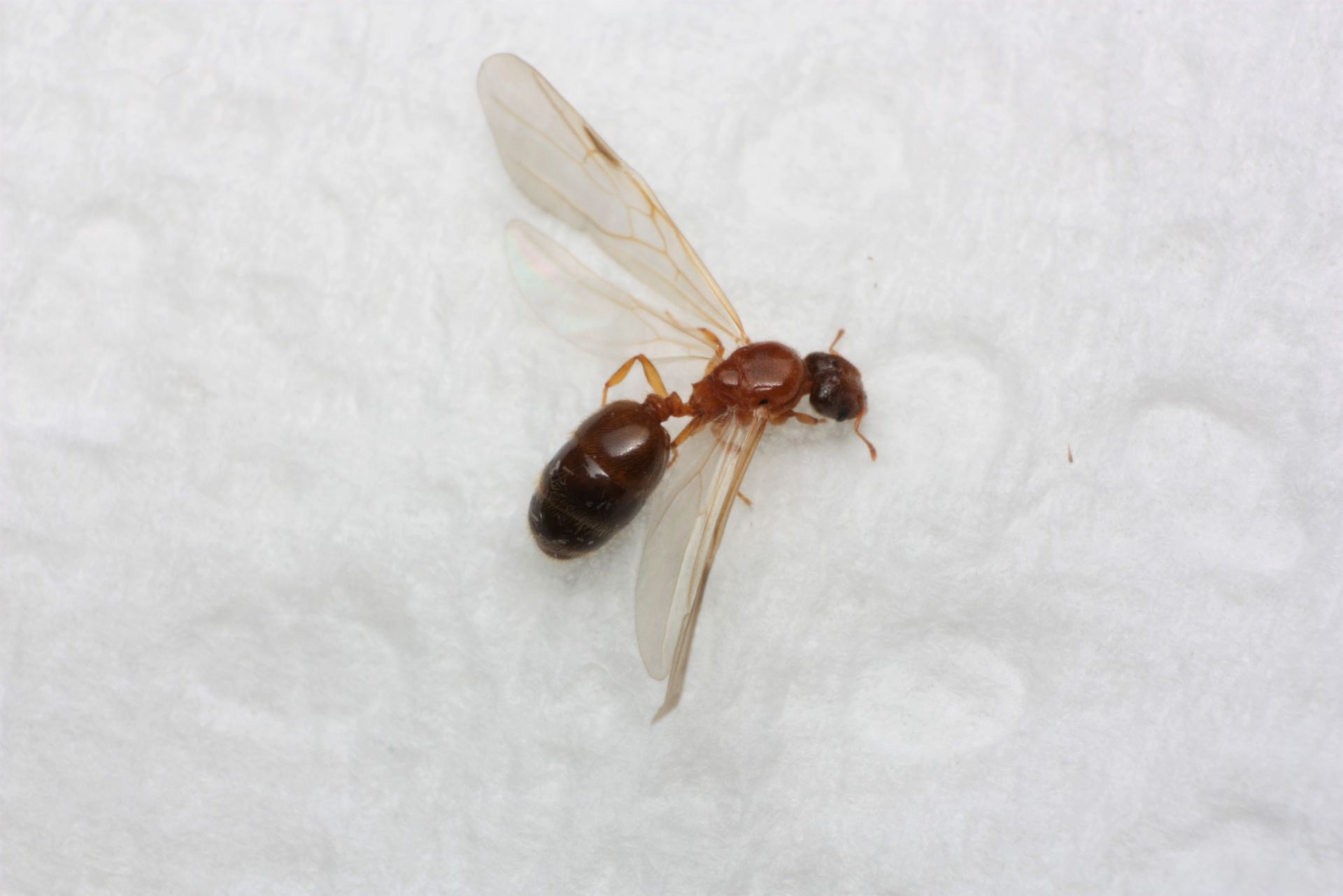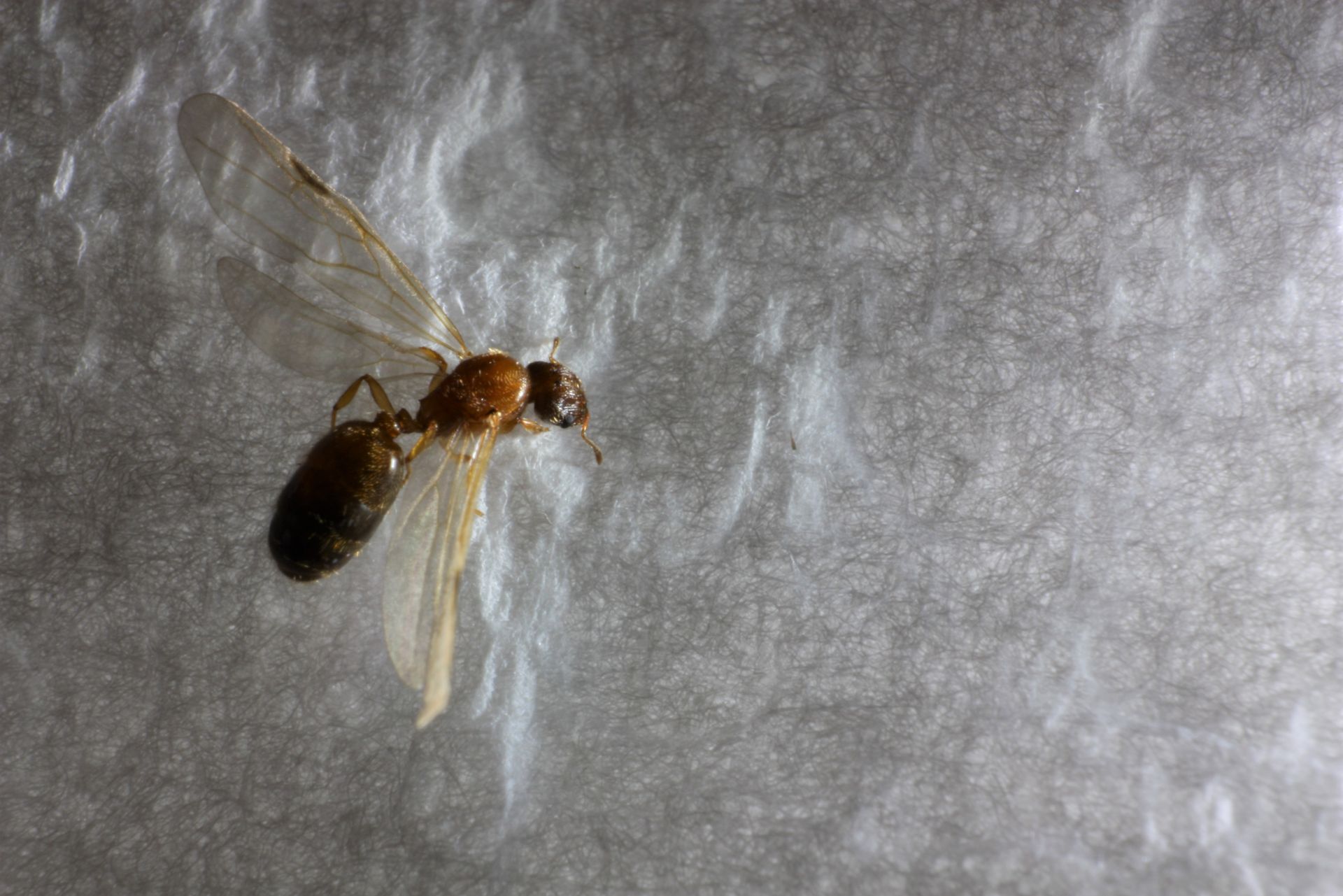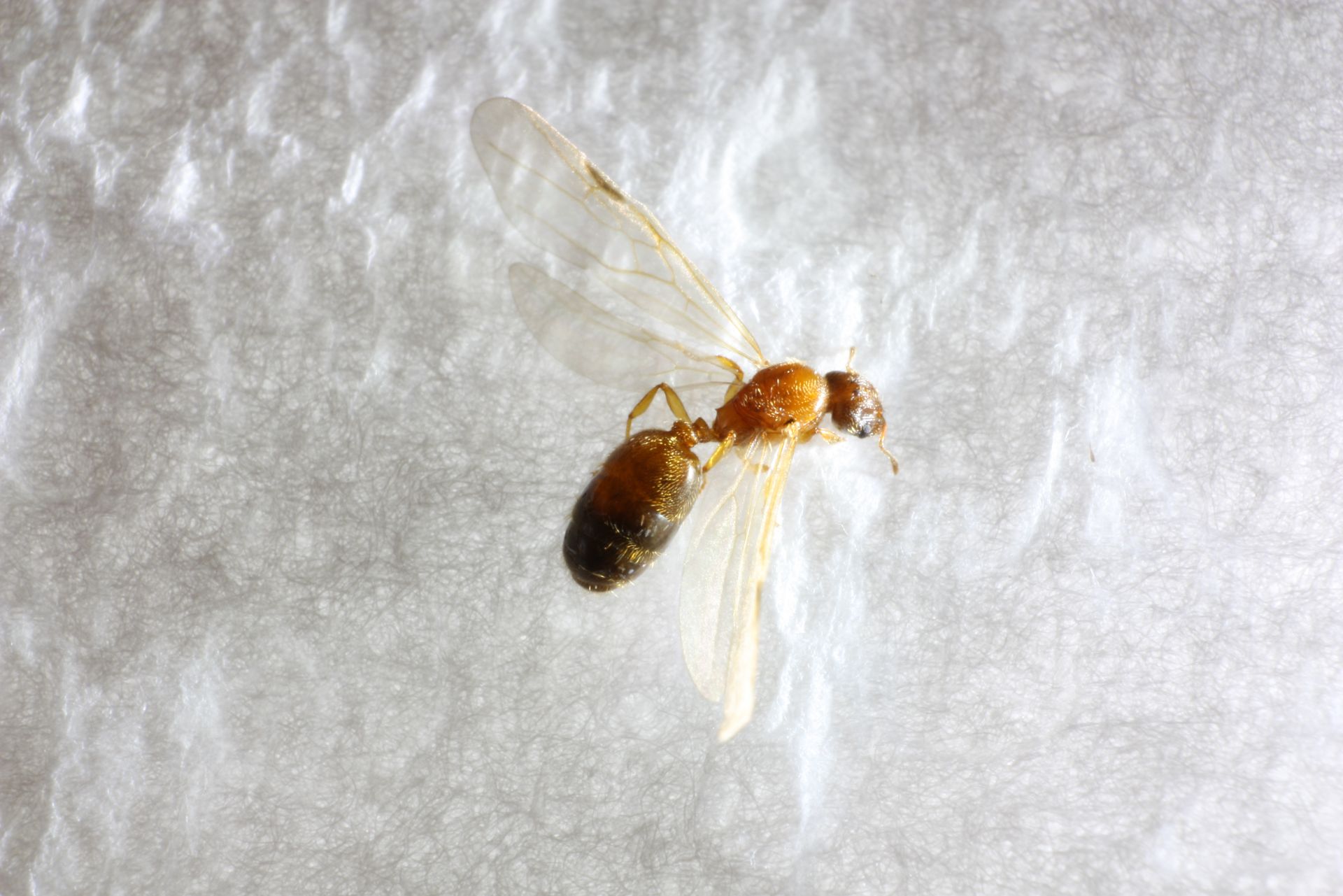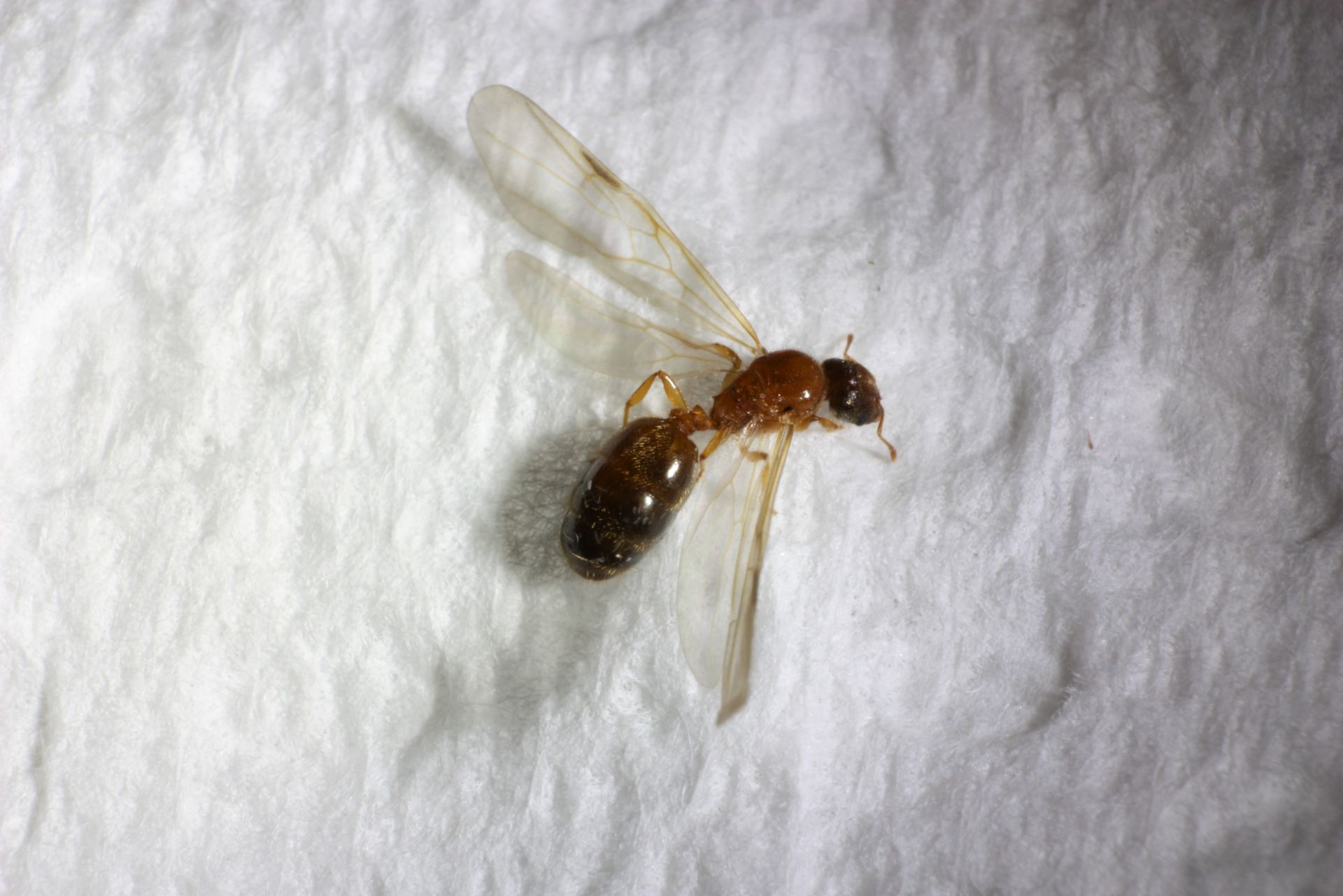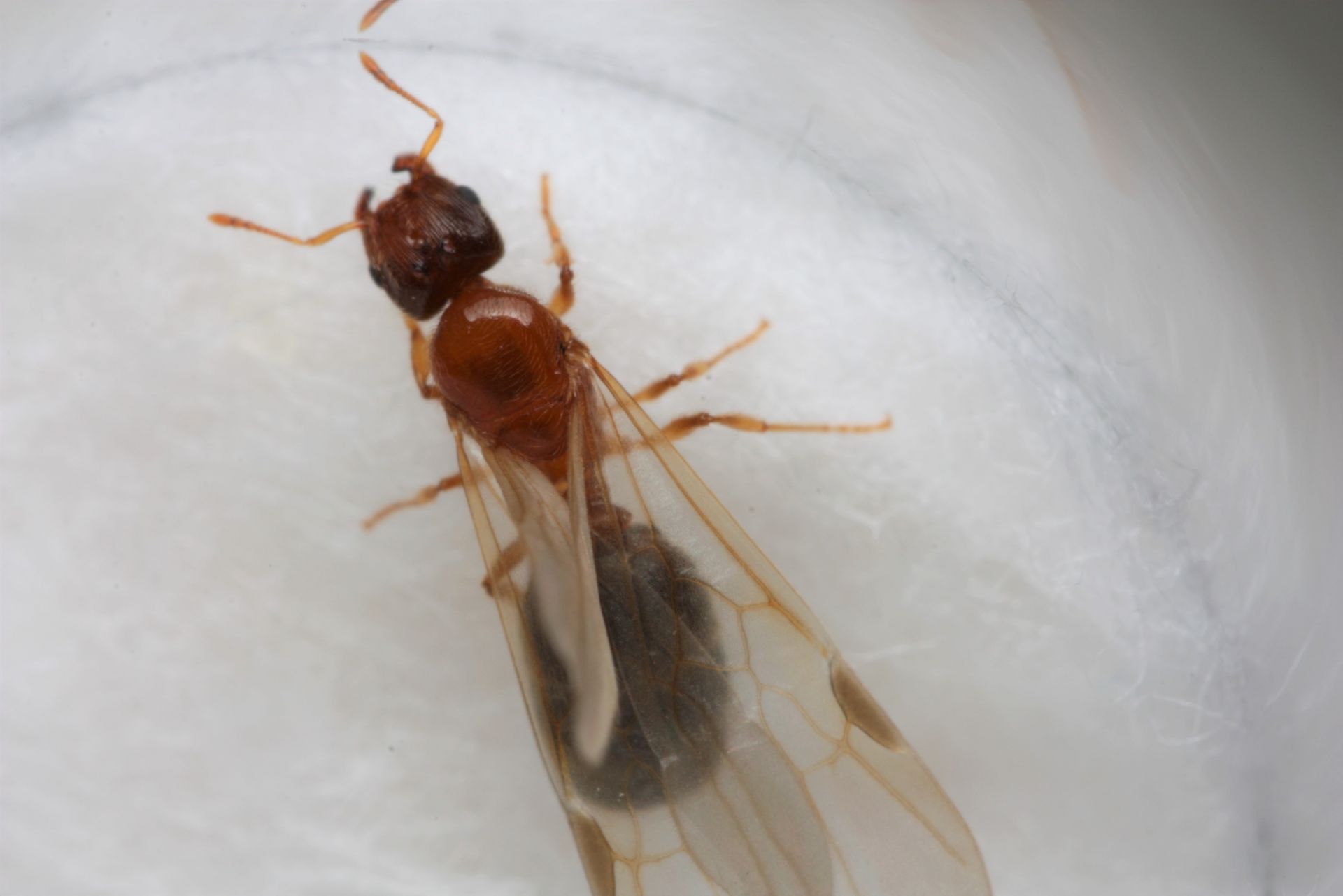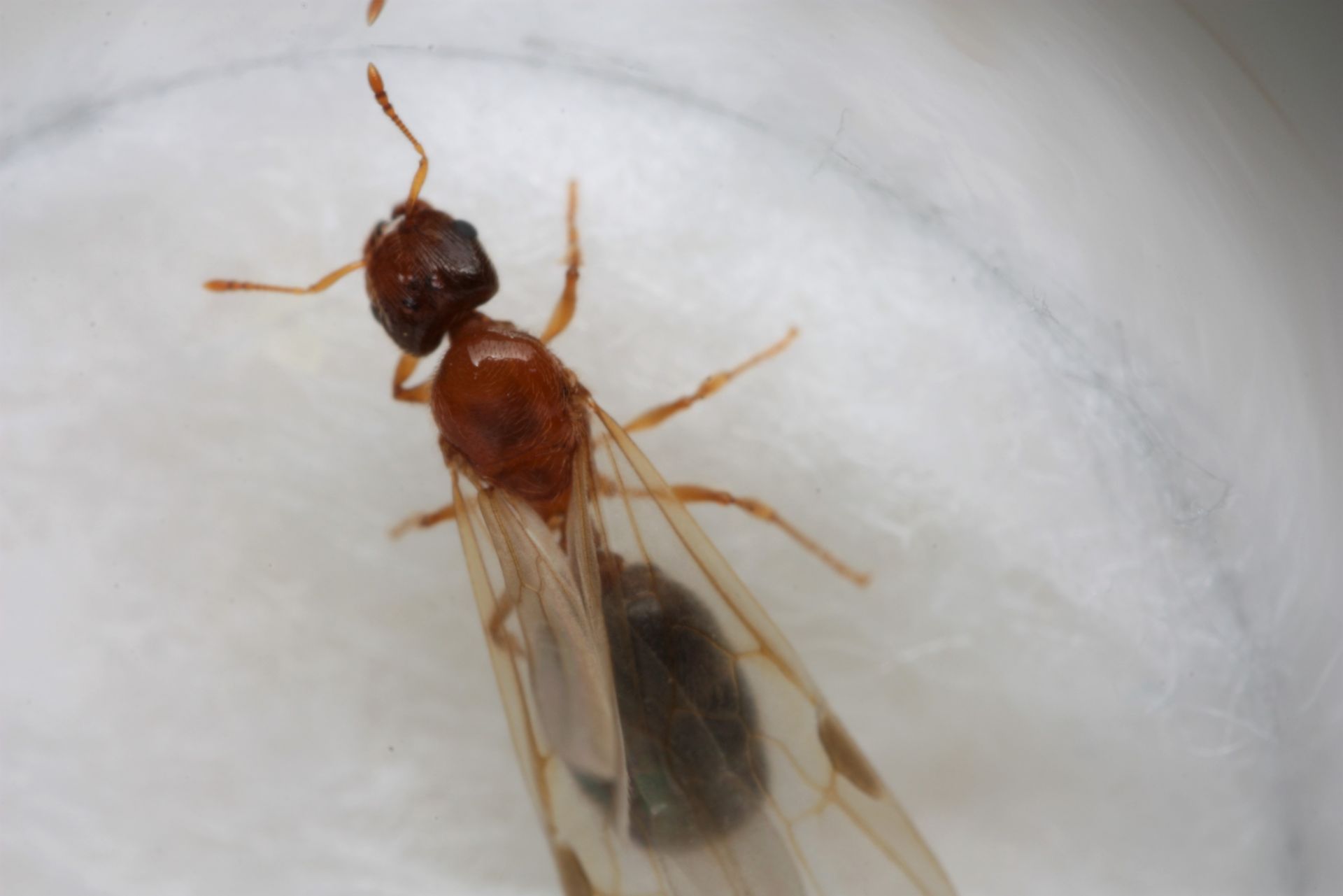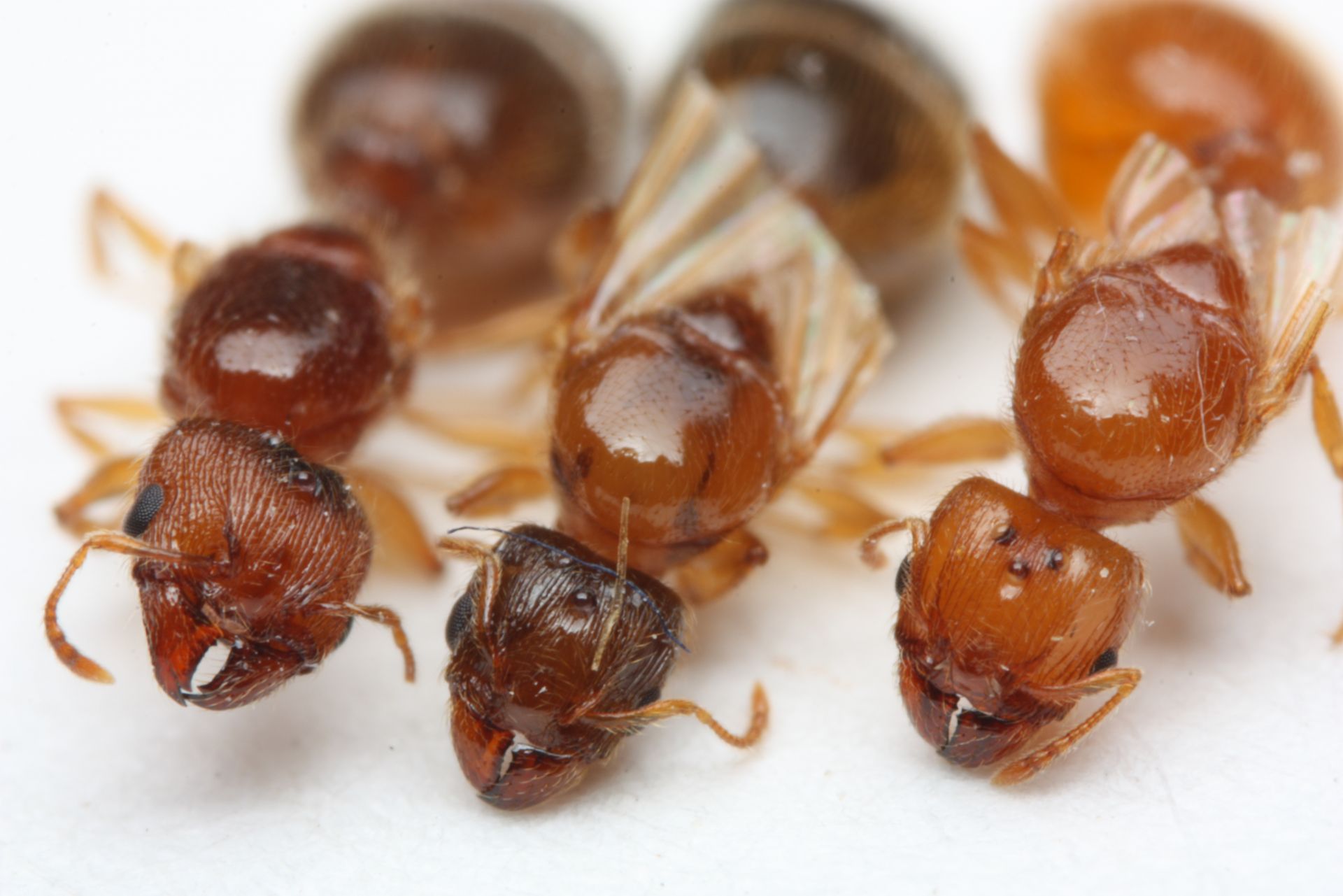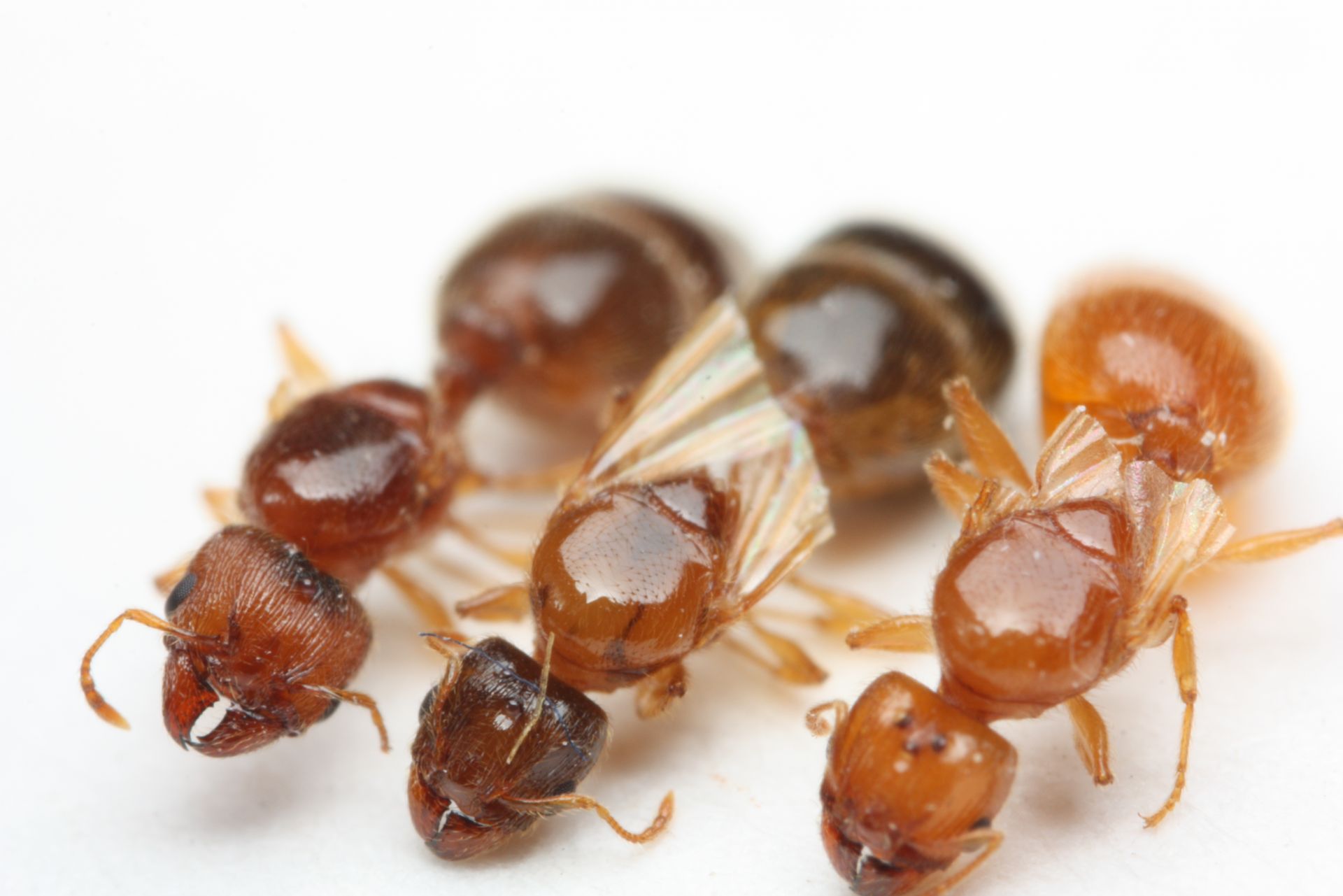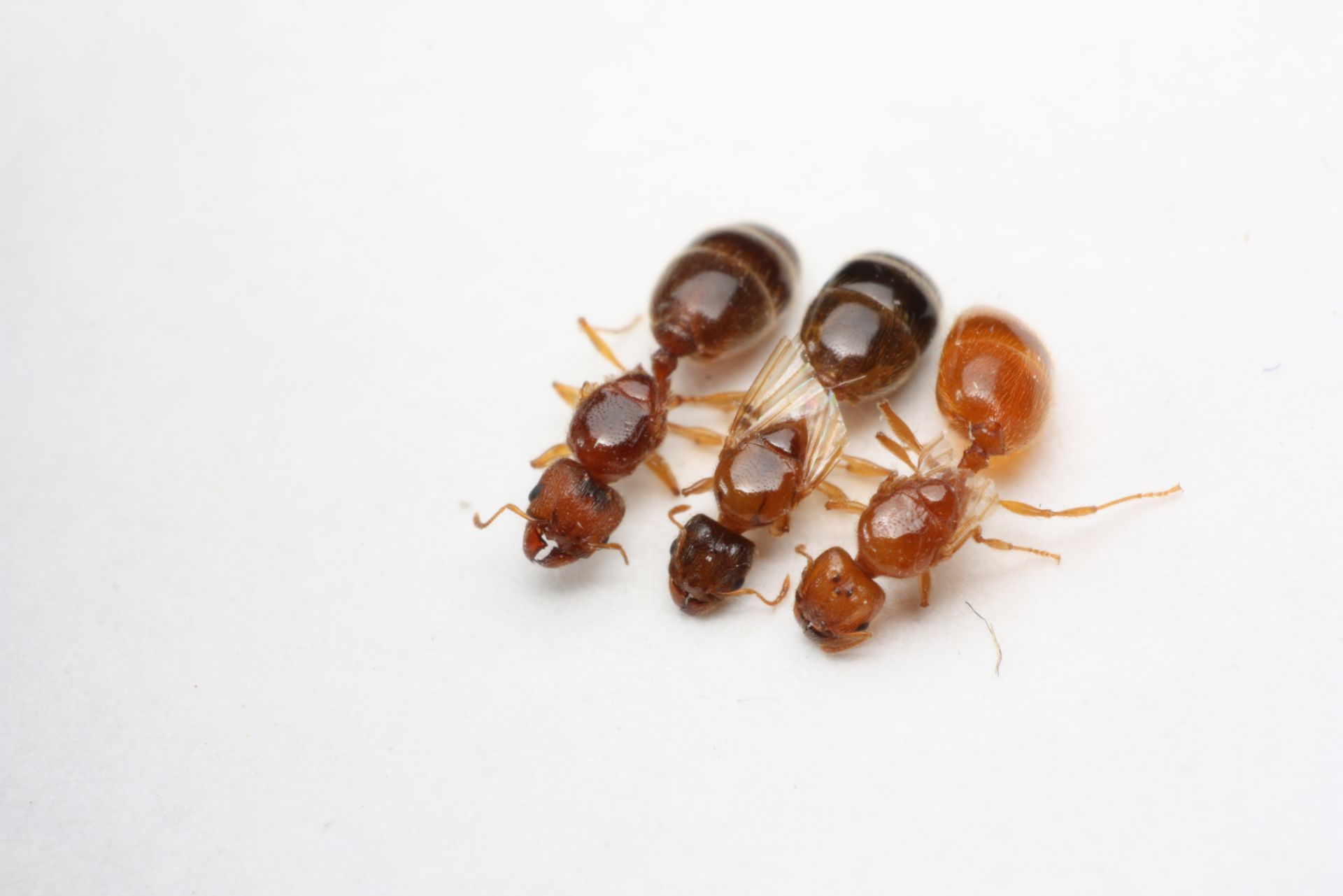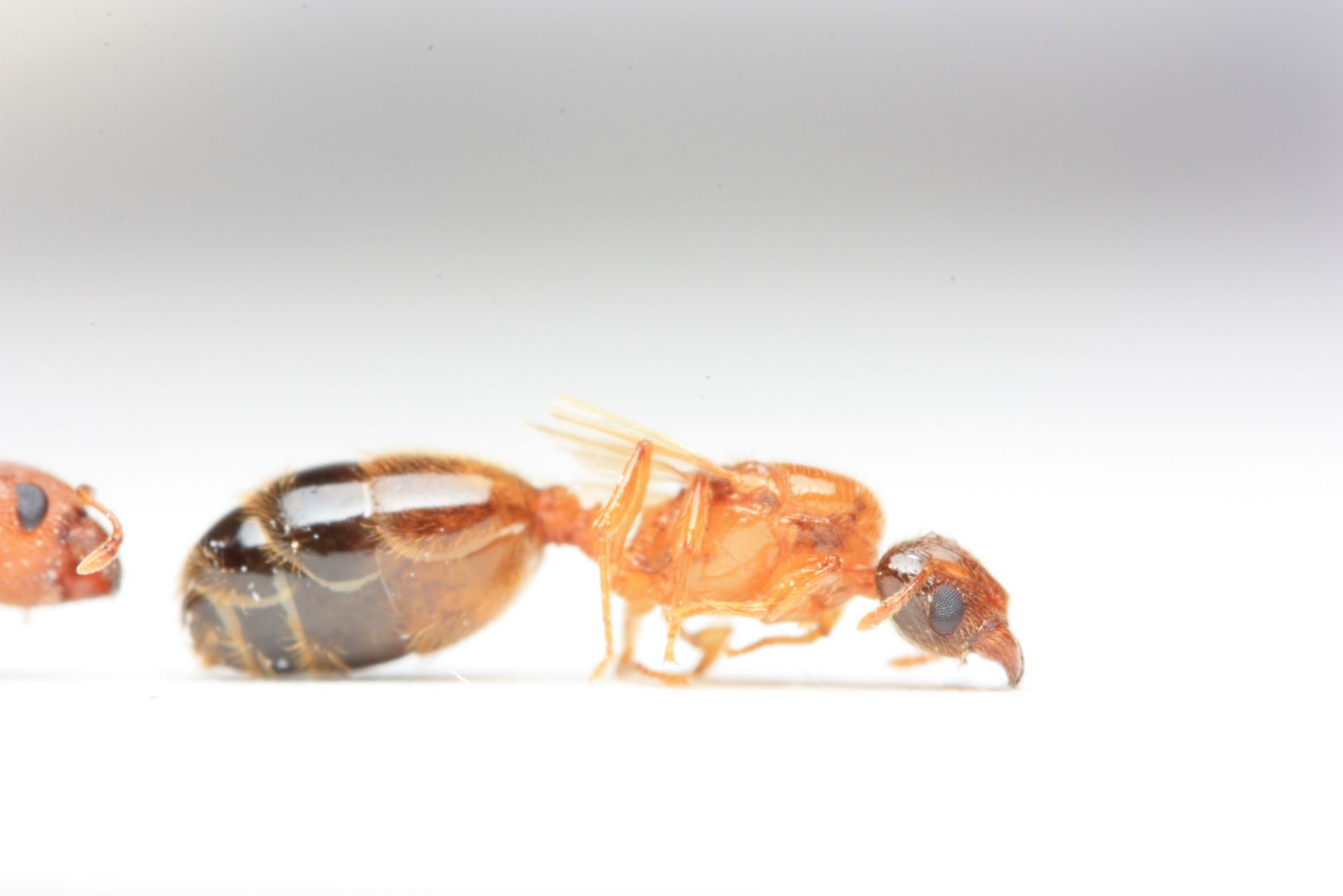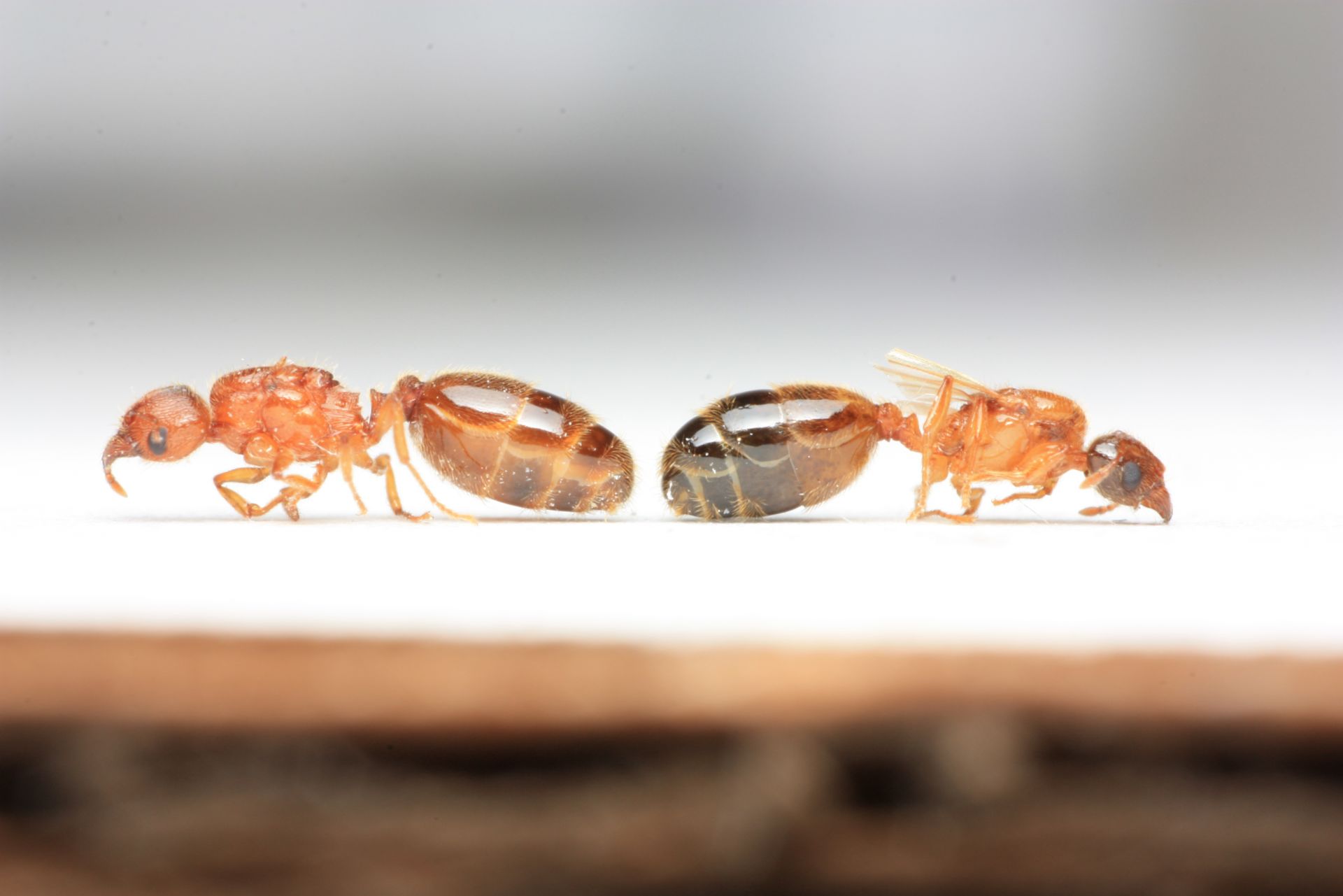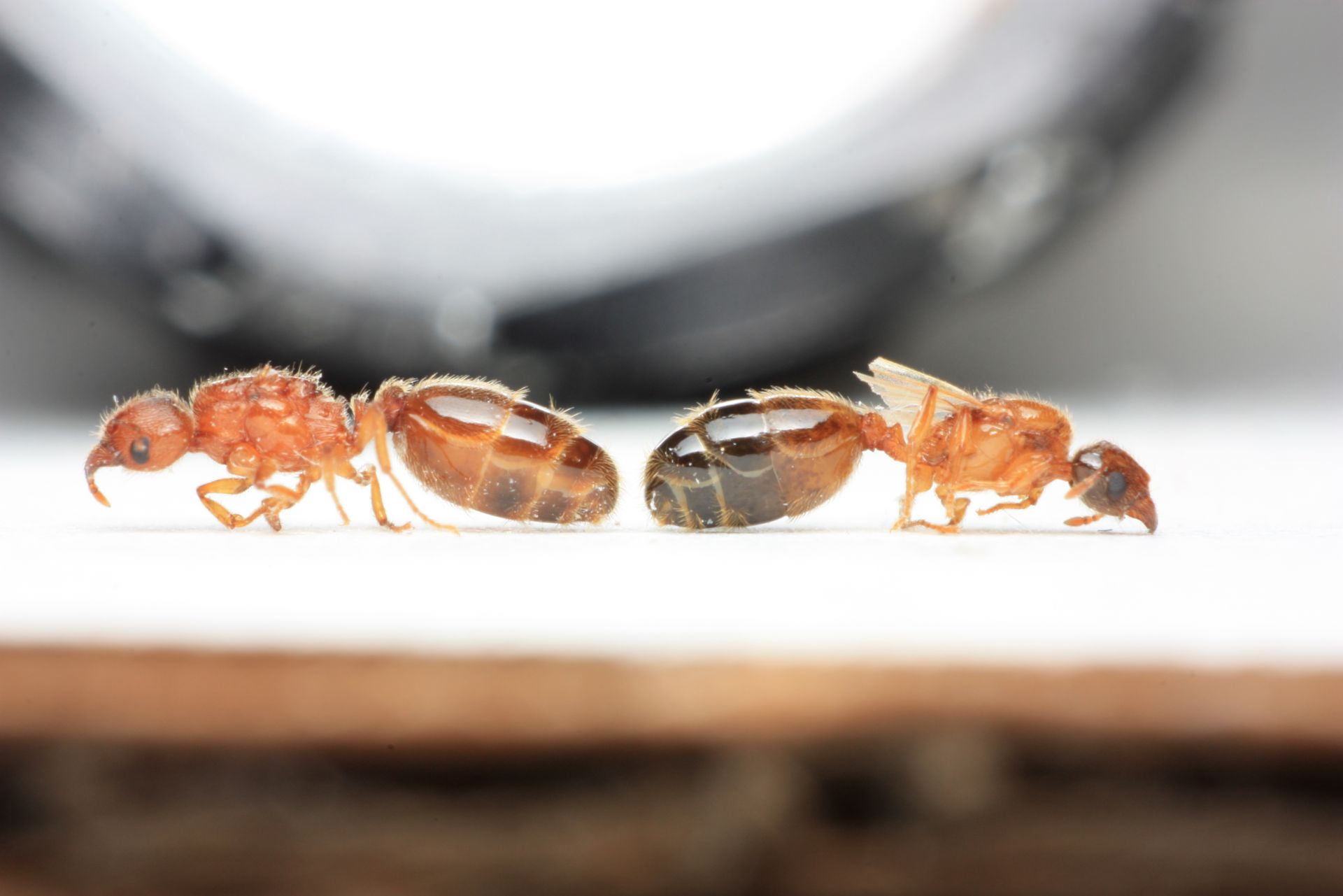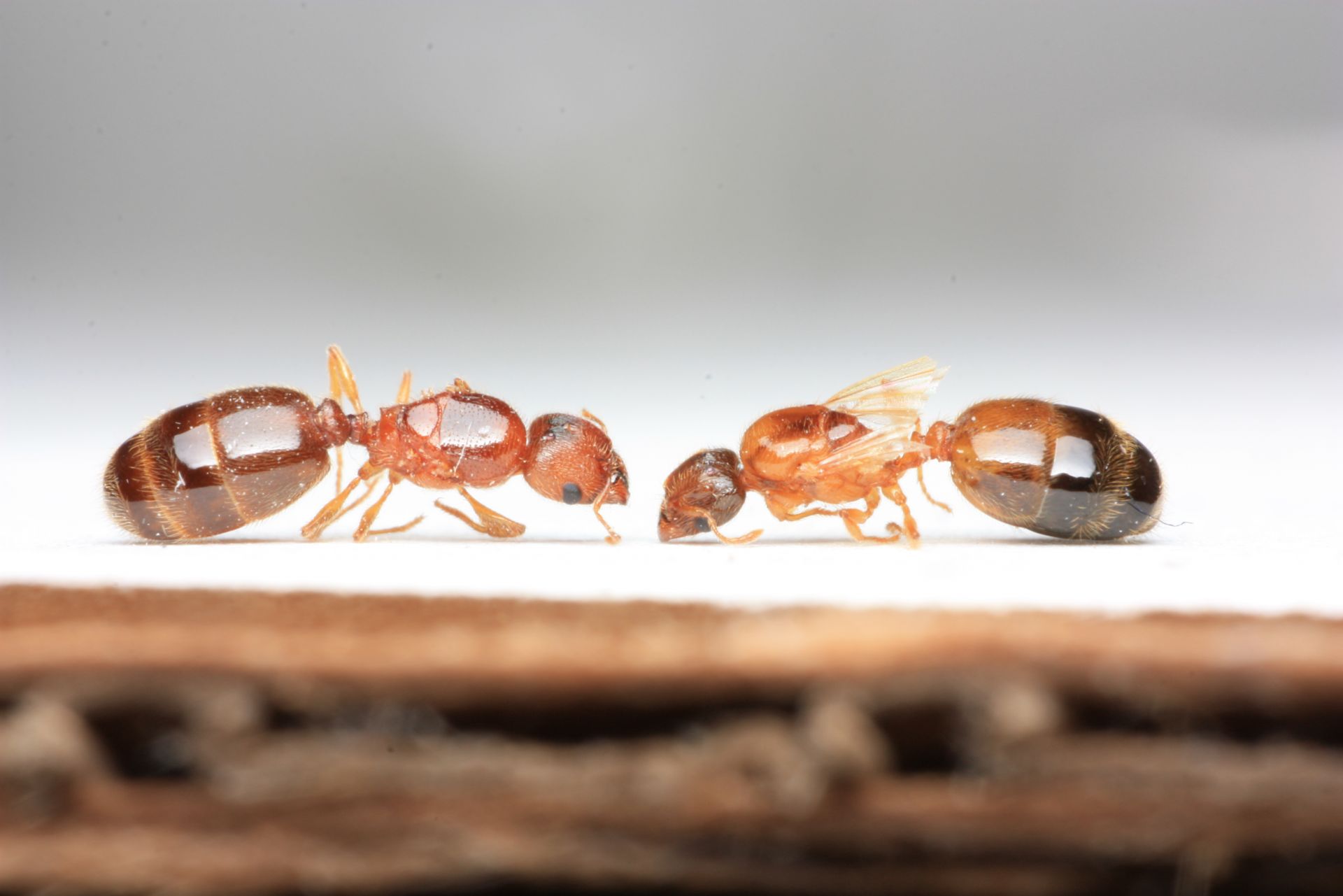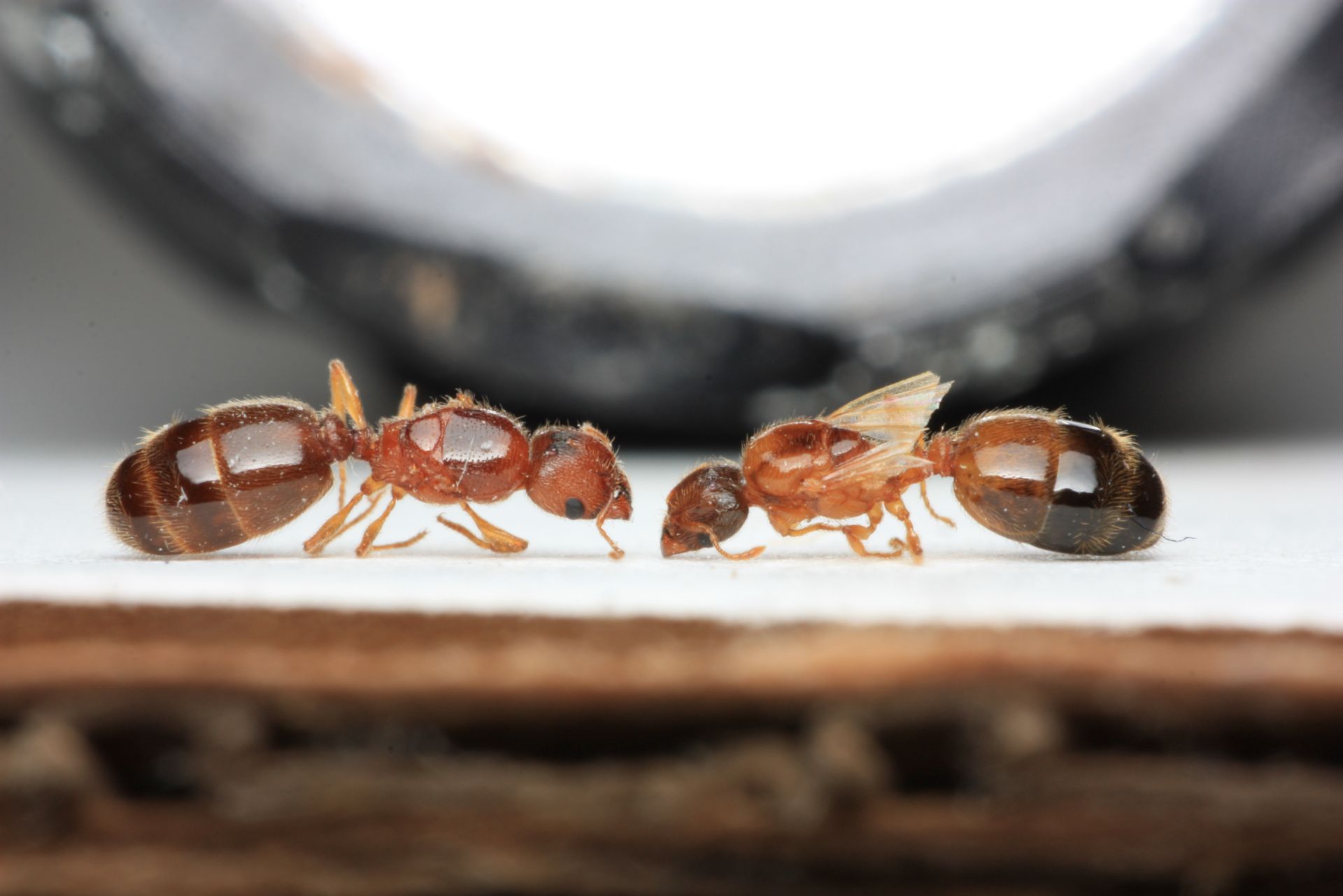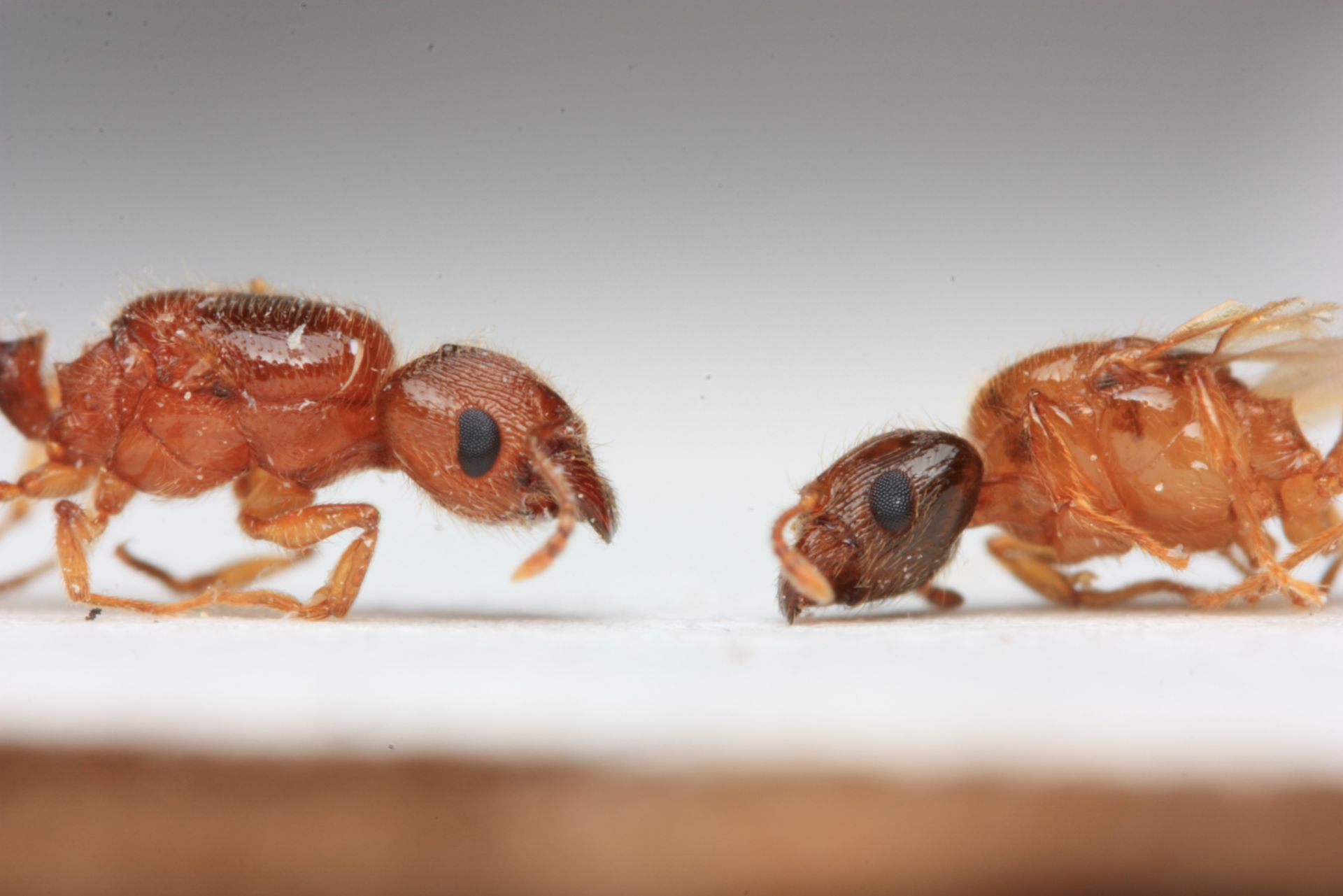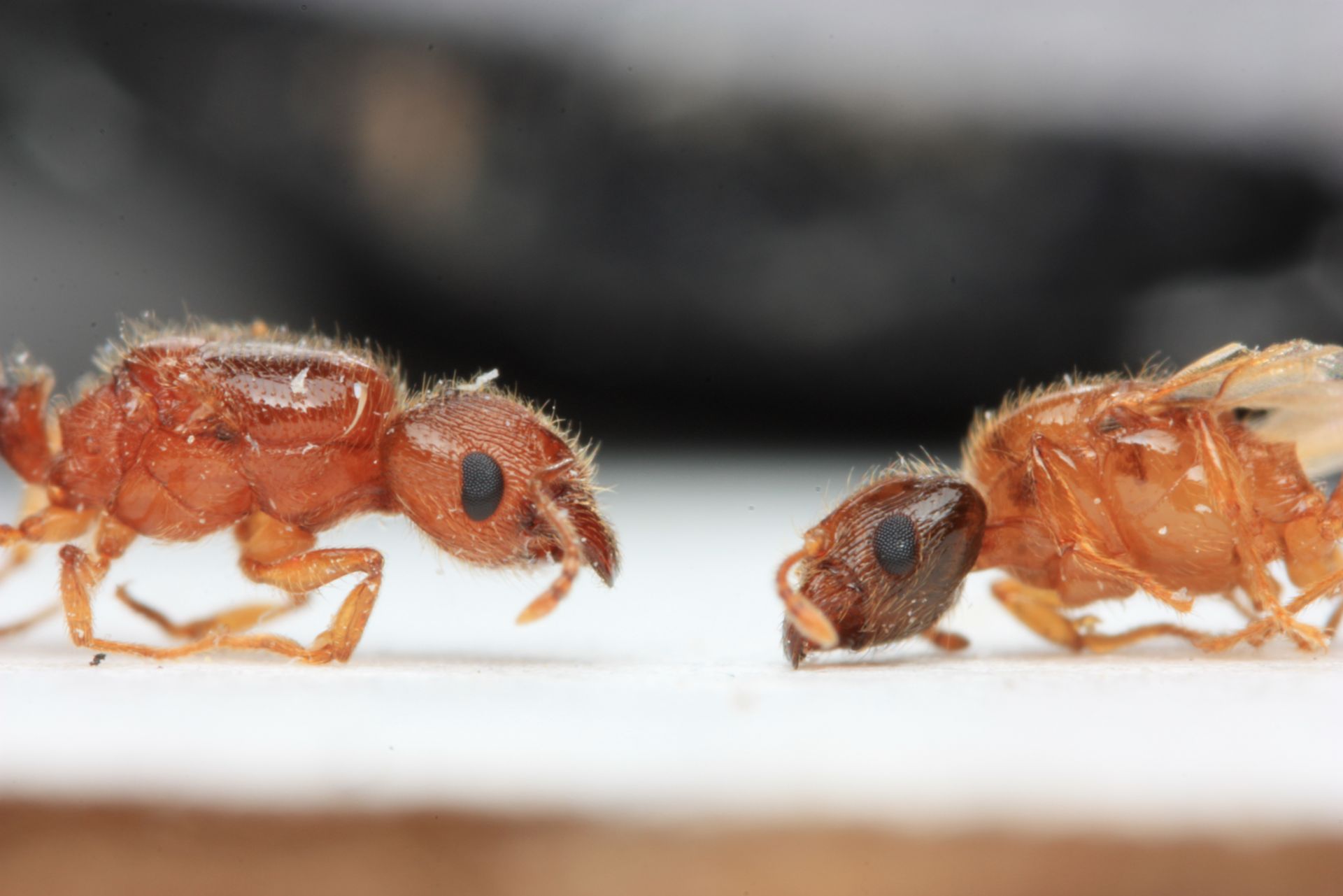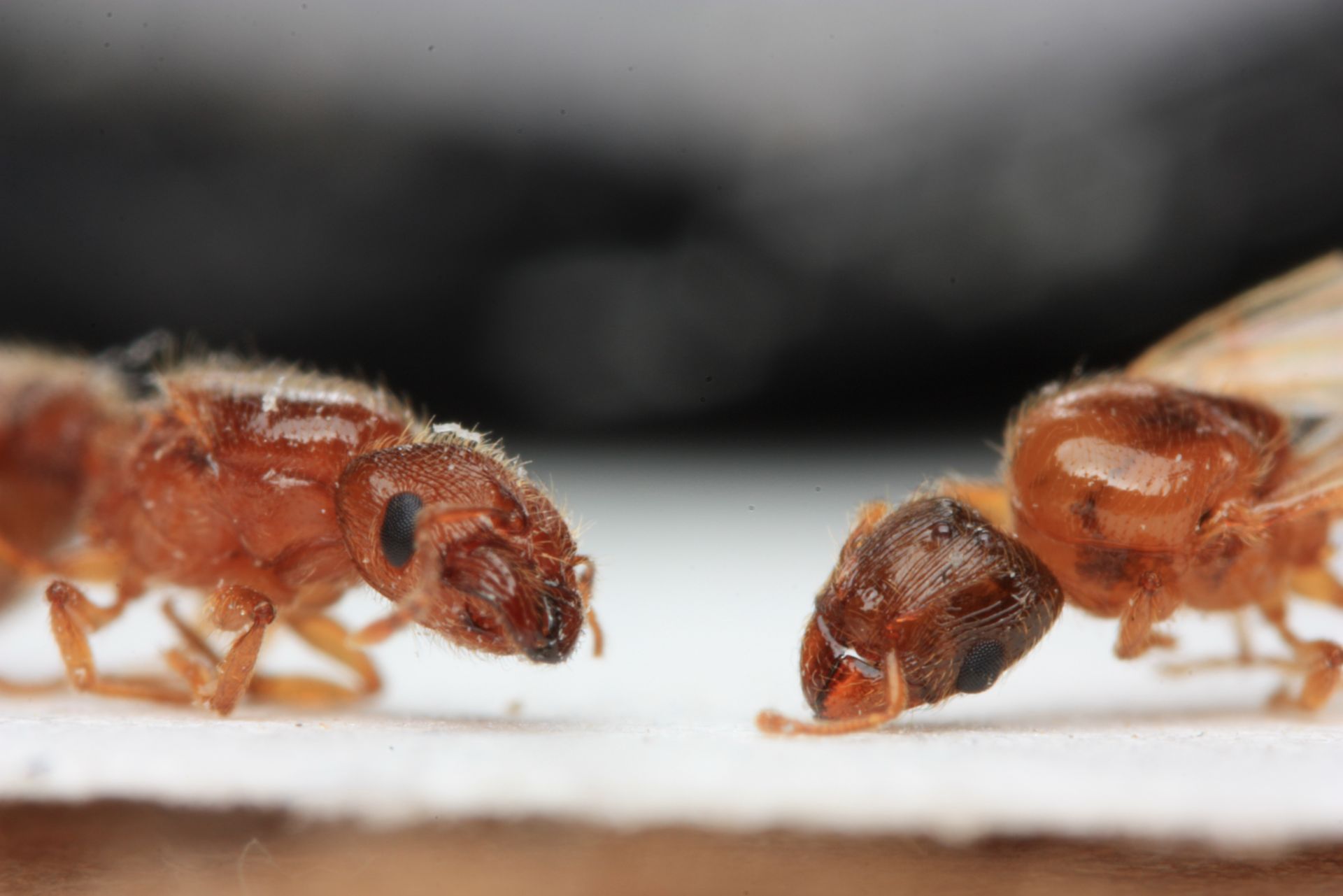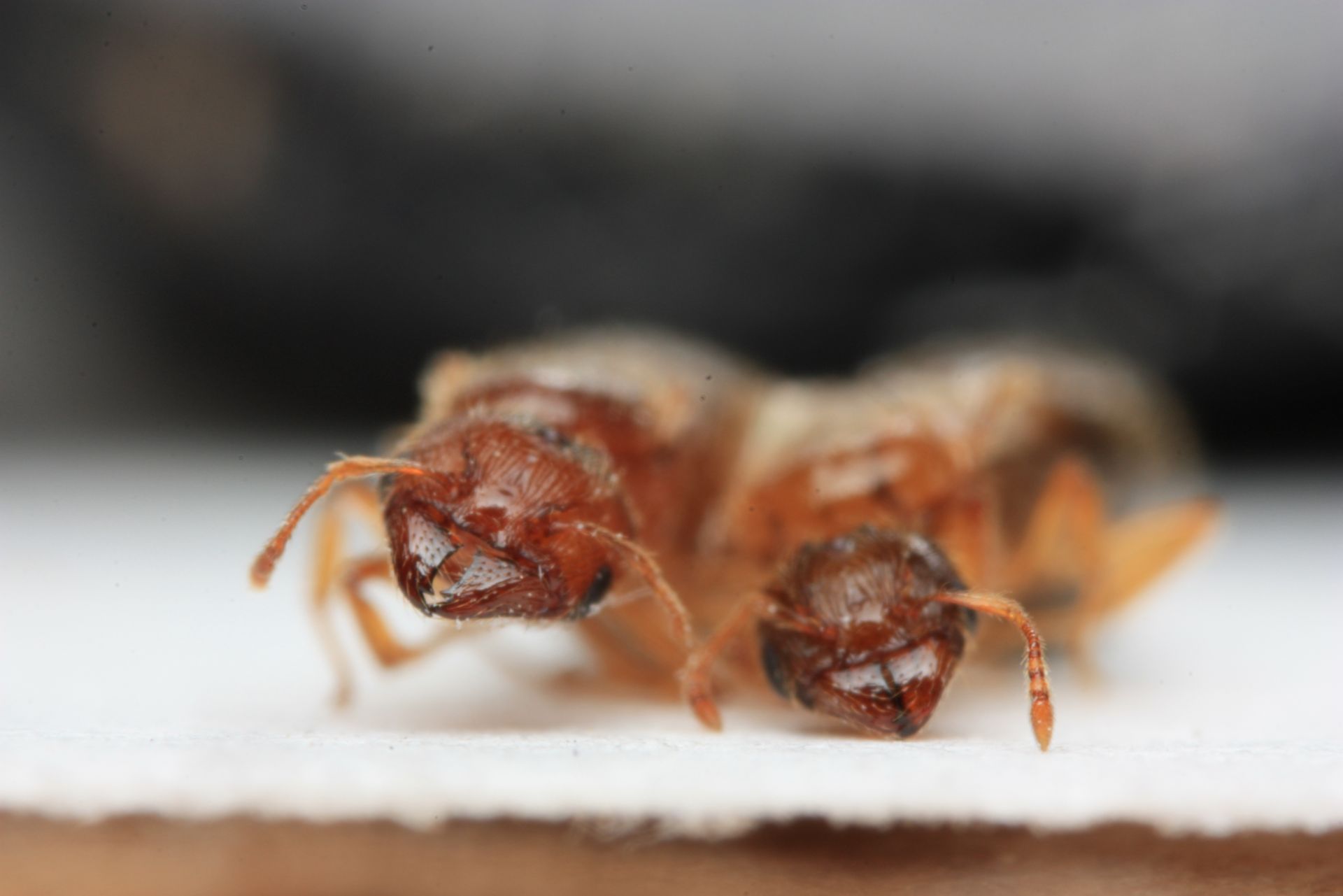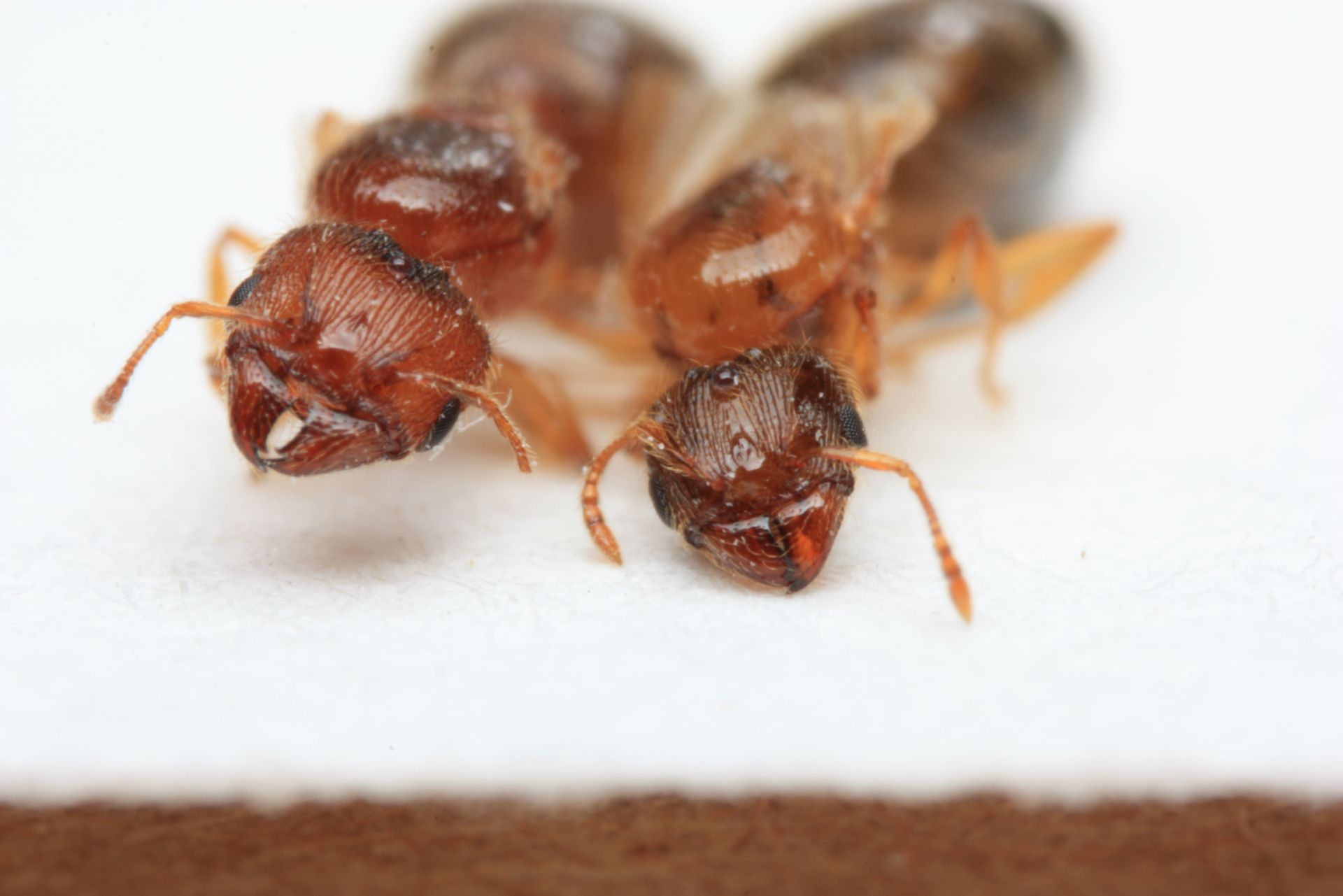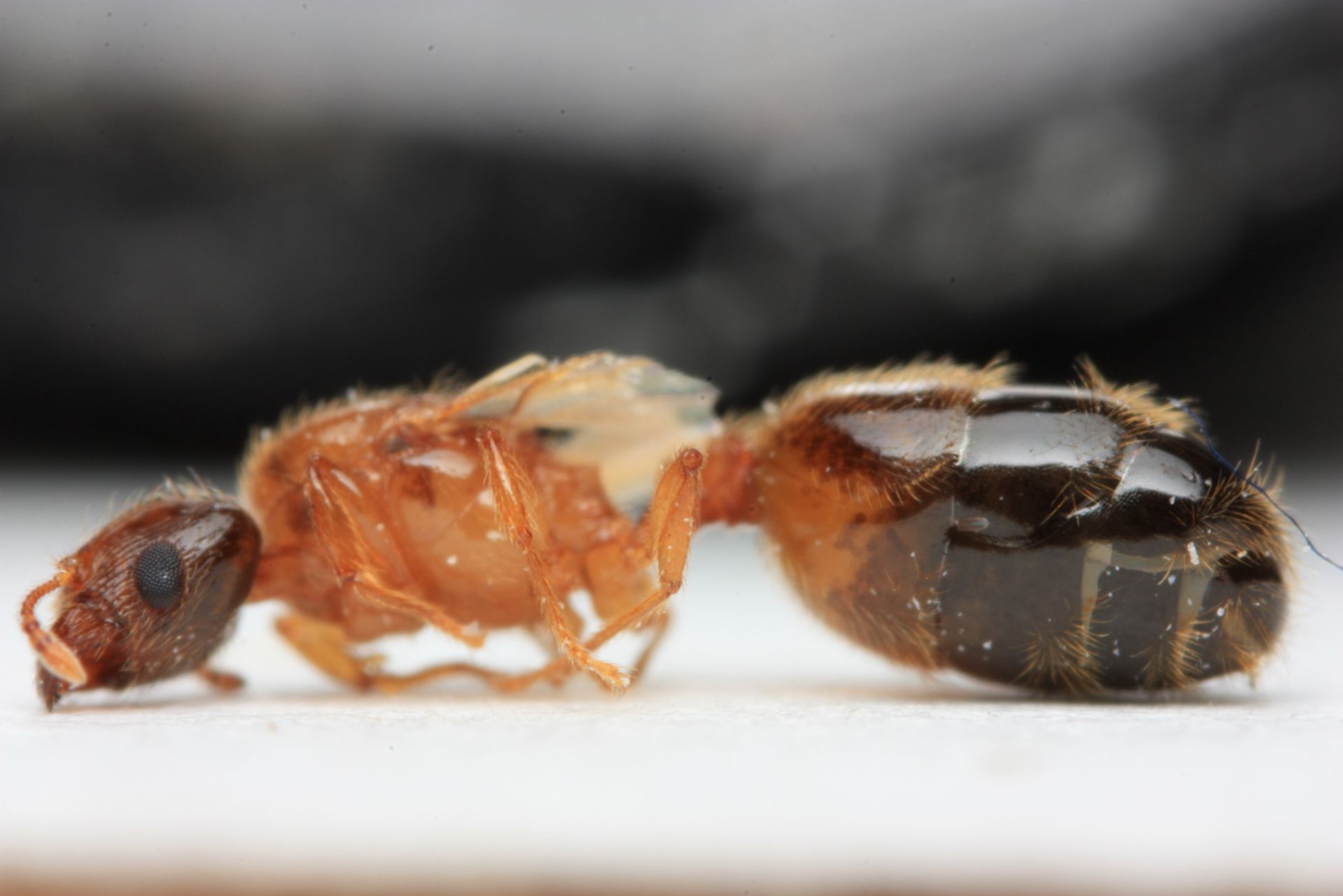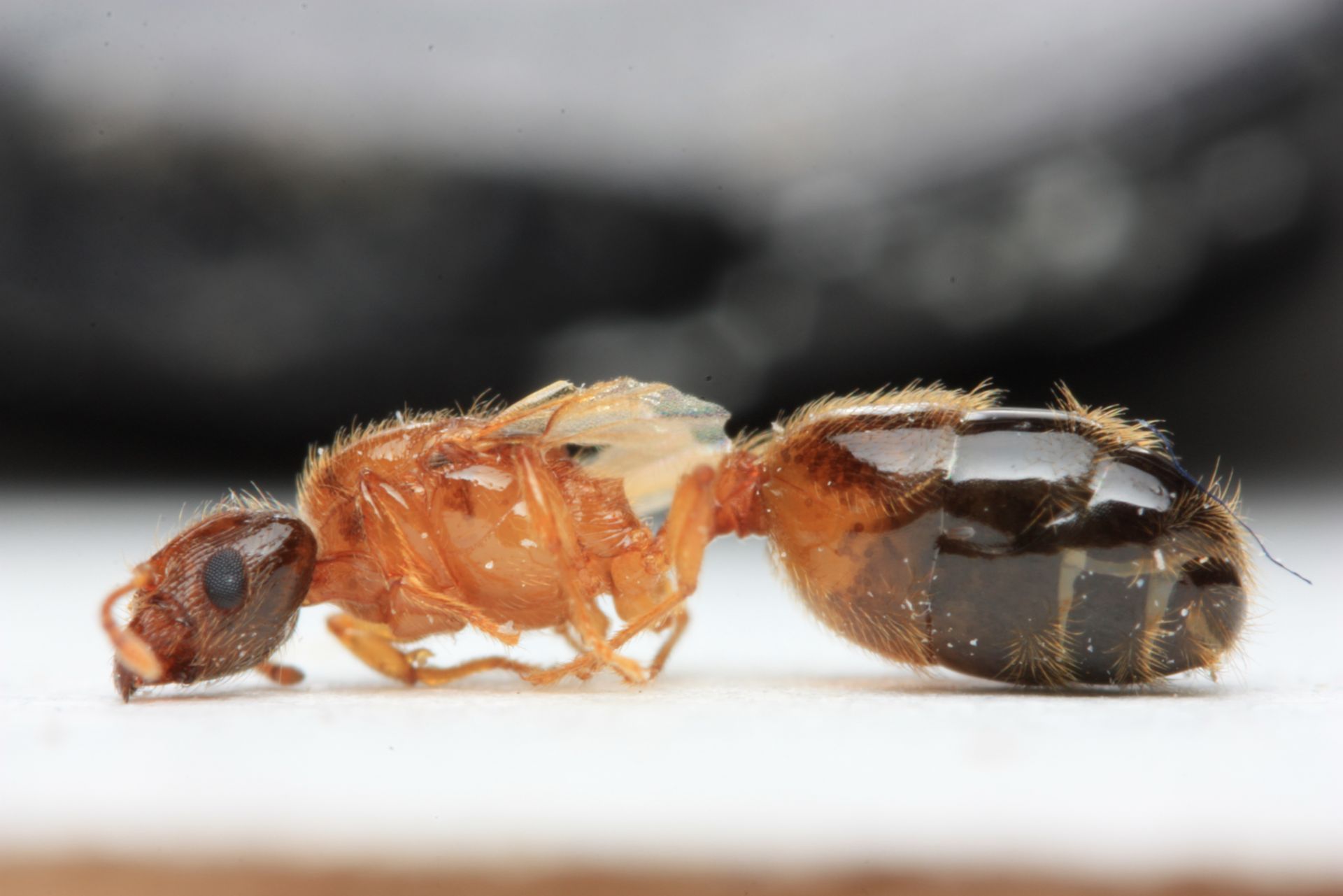Ok, I have finally gotten around to getting good comparison photos between this unknown Pheidole species and P. bicarinata. From what it seems, the two are not the same species, and I'll try to explain why (although I'm hoping someone can confirm that they are indeed not the same species, which would likely mean they are undescribed):
These next few photos are a comparison between P. bicarinata (left), the Pheidole species in question (middle), and P. tysoni (right):
The next photo is of the unknown Pheidole species:
The next few photos are a comparison of P. bicarinata (left), and the unknown Pheidole species (right):
Here are a few photos of the unknown Pheidole species:
And finally, the last few photos are of P. bicarinata:
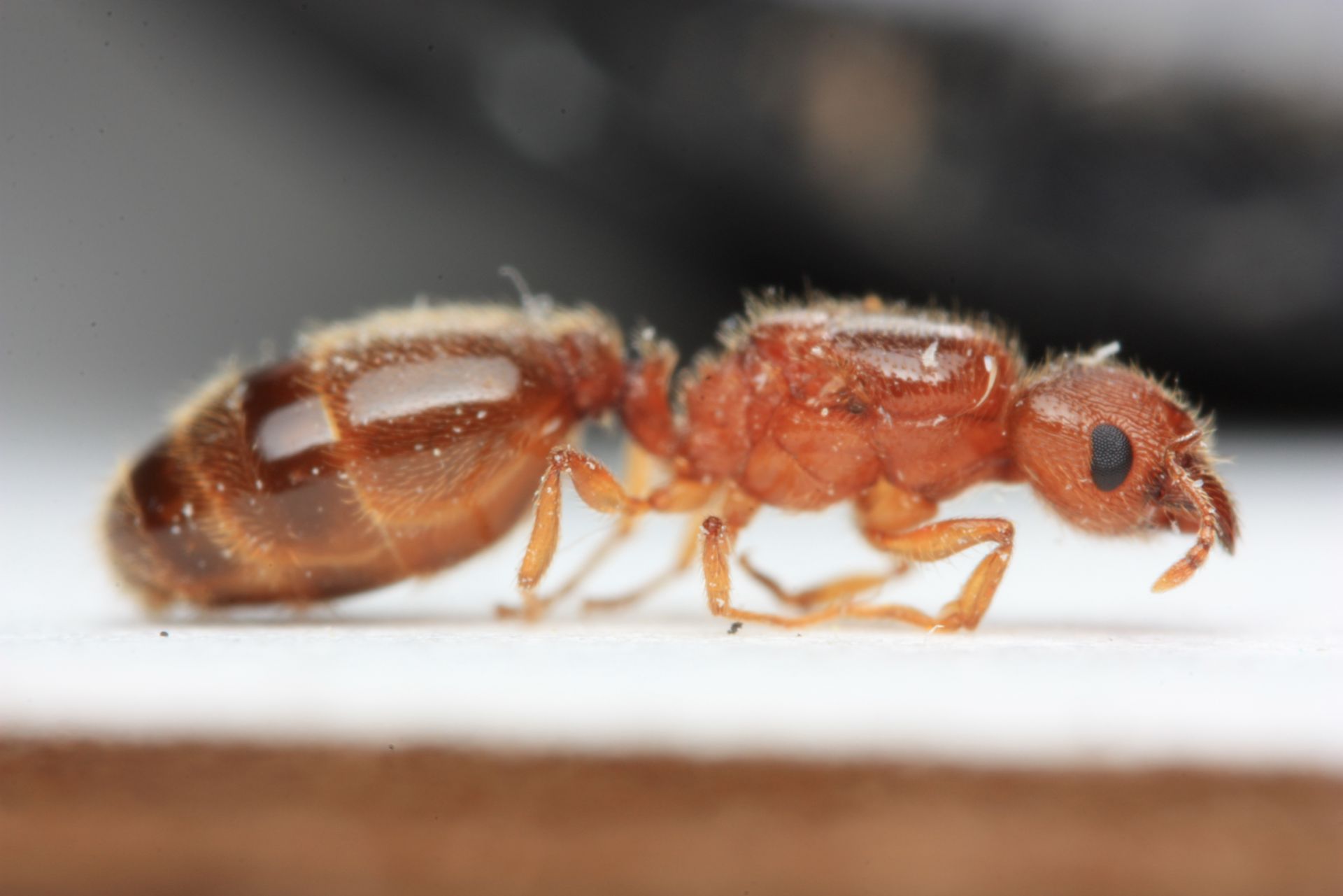
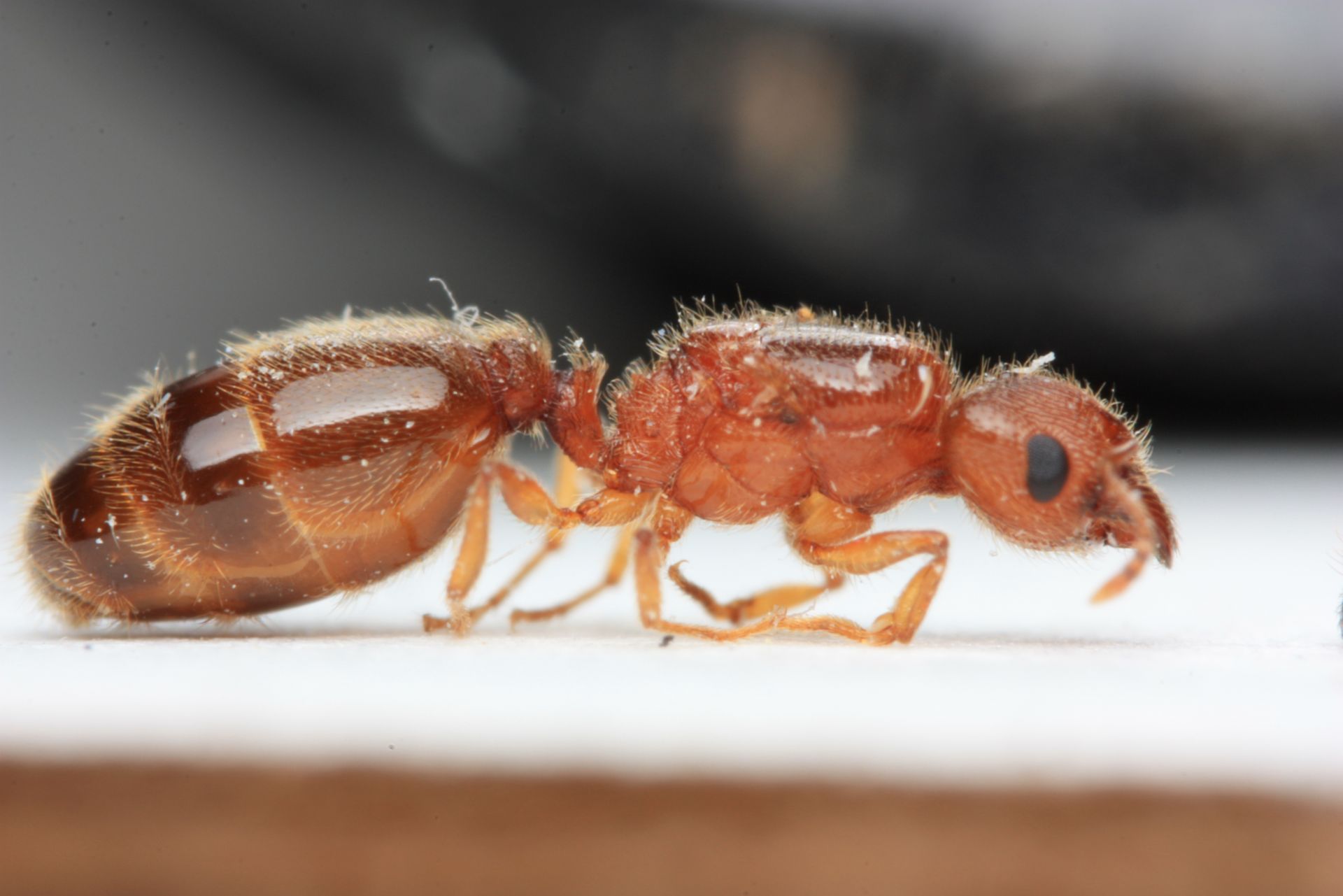
So, from those photos, the main feature that stood out to me was the size of the heads. The unknown Pheidole species has a relatively small head, and a more 'flat' head shape than P. bicarinata. Also, the ocelli on the head of each species are very similar in size, despite the different head sizes, as they appear more 'crammed' on the unknown Pheidole species head. The eyes of P. bicarinata are also have a distinct curve to them, while this unknown species lacks this 'curve'. And even though I am well aware coloration is not supposed to be used to determine a species, from the some odd 40 queens of each species I found this season, each species maintains their unique coloration from the other, no intermediately-colored versions have been found. The unknown species also has a unique gold spot on the part of their abdomen closest to the petiole. I'm hoping for it to be an undescribed species, but this seemed like a good first comparison to make. What are your thoughts?



